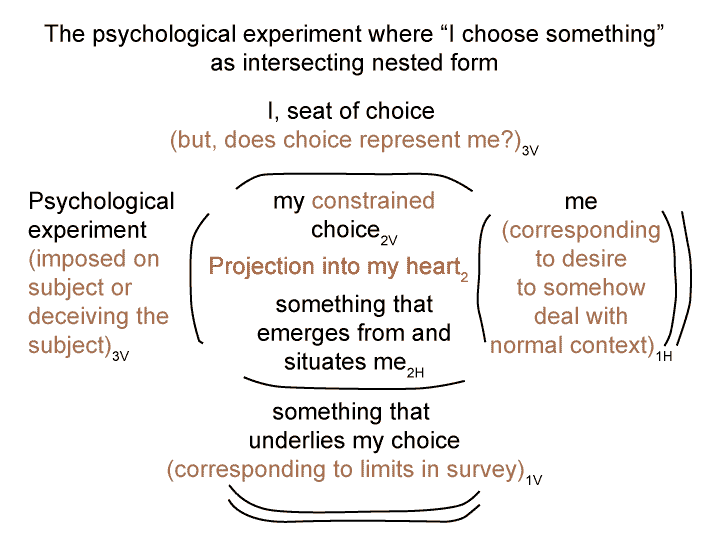Man and Sin by Piet Schoonenberg (1964) 2.3 YM
Summary of text [comment] pages 87 and 88
Grace maintains balance in the heart.
As long as the individual does not admit grace with “his” free choice, thus allowing the Holy Spirit to increase “his” Christian Liberty, the sinner clings to “his” own sinful choices, imprisoning “himself” in the houses of sin, law and death.
He falls into [words and] bondage.

